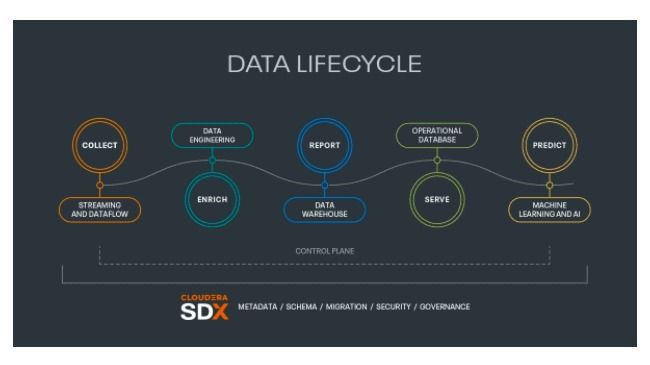India’s unprecedented decision to ban 59 of China’s largest apps is a warning to the country’s tech giants, who for years thrived behind a government-imposed Great Firewall that kept out many of America’s best-known internet names. If India finds a way to carry out that threat, it may present a model for other countries from Europe to Southeast Asia that seek to curtail the pervasiveness of apps like ByteDance Ltd.’s TikTok while safeguarding their citizens’ valuable data.
China over the past decade built an alternate online reality where Google and Facebook barely exist. Now its own tech corporations, from Alibaba Group Holding Ltd. to Tencent Holdings Ltd., are getting a taste of what a shutout feels like.










